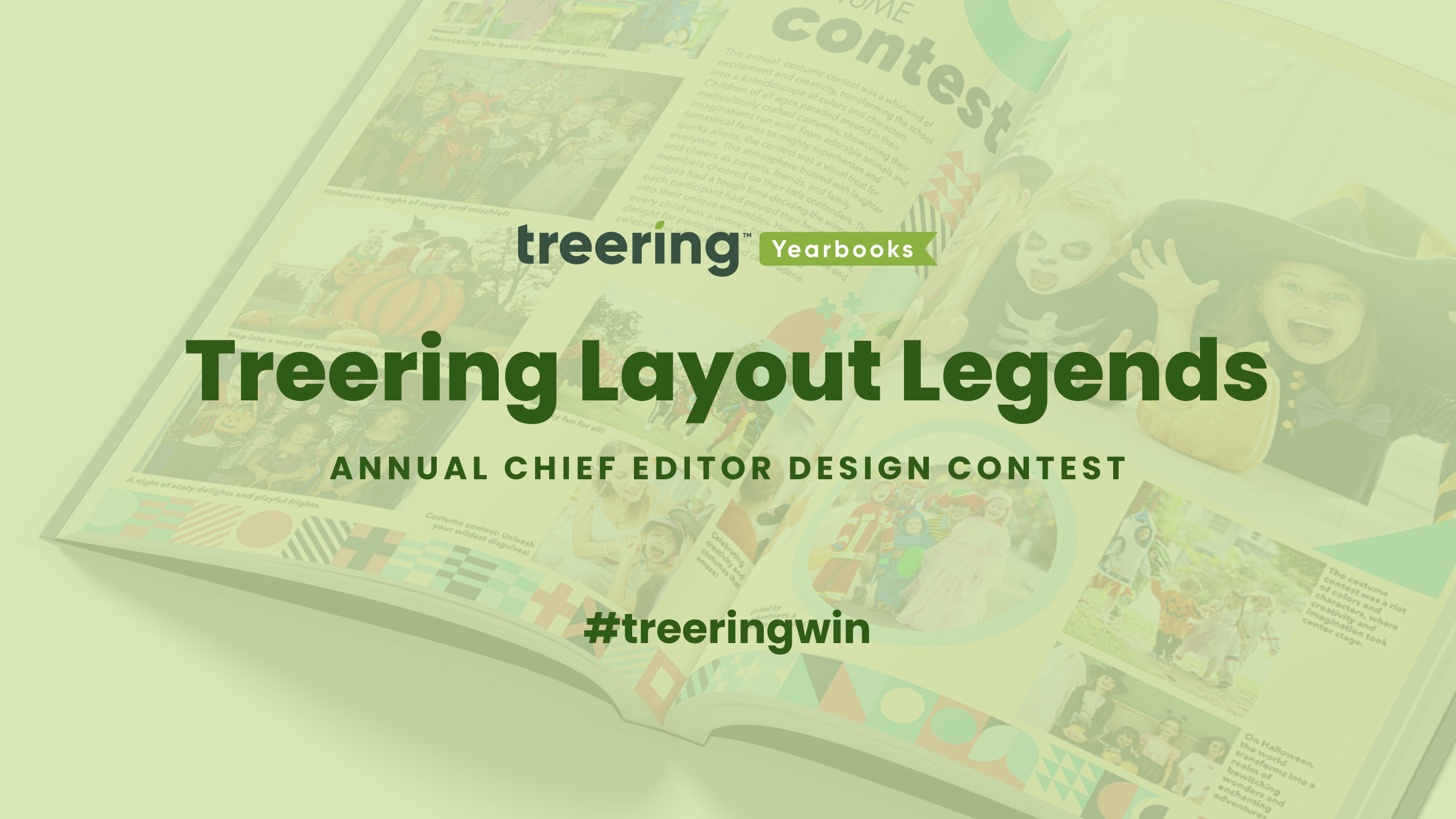A yearbook style guide is your key to maintaining a consistent visual identity throughout your project, but let’s face it—it won’t work unless you put it to use. The real challenge often lies in the creation phase. Designing a yearbook involves juggling various elements—headlines, captions, stories, photos, layouts, mods, clip art—and each demands thoughtful design decisions. Crafting a comprehensive style guide is a significant task, considering the multitude of components and choices involved. This post serves as your guide, covering what should be included in your style guide, why it’s essential, and practical tips on its creation and distribution. To make things even easier for you, we’re throwing in a free, pre-made yearbook style guide template.
What’s a Yearbook Style Guide, Anyway?
A yearbook style guide isn’t just a set of rules; it’s your playbook for presenting a cohesive and impactful yearbook. This guide, encompassing design and writing, ensures a unified style while serving as a coaching tool for your team during the layout and design process. Beyond that, it acts as a visionary tool, allowing early development of a creative direction for your book. By providing clear instructions on elements like fonts and colors, the style guide liberates your team to focus on what truly matters—developing coverage ideas, capturing compelling photos and quotes, and crafting stellar layouts—rather than being bogged down by font and color decisions. It’s the key to eliminating distractions and letting creativity flourish.

Design: The Visual Part of Your Style Guide
If you’re going to do that, though, you need to cover all your bases and not leave room for interpretation. To do that, focus on locking down font choices, color choices, and how specific aspects of your layouts should look (like whether all photos need captions and, if you have a caption, what that looks like).
Though you can include other aspects of your yearbook’s appearance, here are the three most significant areas for mistakes and inconsistencies.
Choosing a Font Palette
With hundreds of fonts from which to choose, resist the temptation to use more than three. Everyone has a preference (#TeamGaramond). Here’s the thing, though. Constantly changing them impacts your readers’ ability to comprehend what’s happening, according to science. Yearbook fonts should complement each other. Ideally, you’ll have one serif font and one sans serif font. If you include a third font, you’ll probably end up with a script or something fancy.
When you pick them, define their use:
- Reserve your primary font for page elements, like headlines, subheads, and page numbers.
- Utilize your secondary font for copy elements like body text, captions, and pull quotes.
- If you’re using a third font, use it sparingly and only for specific elements (e.g., a headline and subhead combination or when dedicating full pages to section dividers).
Sizes
To bring some order to your pages, you’ll want to assign each of those uses a font size. It sounds basic, but you can’t have a page number on one page being more prominent than a page number on another. That’d just be weird.
Font Colors
When selecting font colors for your style guide, prioritize readability over themes or creative expression. Begin by ensuring the words on the page are easily readable before delving into other color considerations. We’ll delve into the specifics of choosing colors shortly, but remember to keep your options streamlined, similar to your font choices. Emphasize aligning colors with font purposes to establish recognizable patterns and hierarchy for your readers.
Choosing a Color Palette
We mentioned above that focusing on readability is the first step to choosing font colors.
That applies here, too.
Now, onto the fun part: choosing colors. As a practical guideline, stick to three main colors (plus black or dark grey for body copy fonts). We get it; you might be tired of hearing this advice, but trust us, it leads to better results. For the best color palette results, use a color wheel.
A color wheel is the easiest way to see the relationship between colors.

When using a color wheel, start with the color you like the most and plan to use the most.
From there, select split complementary colors. (To find them, take your first color, and look directly opposite it on the color wheel. Then, use the colors directly to the left and right of that. Those are split complementary colors.)
Here’s an example. Our primary color choice is at the top of the wheel, and its split complementary colors are below:

If that feels intimidating, using one of Treering’s 200+ themes gives you access to a proven color palette.
Writing: The Second Part of Your Style Guide
Observing newspapers or magazines, you’ll notice consistent details, like how a reporter refers to someone on second reference (Is it “Mrs. Ybarra” or just “Ybarra,” for instance?). These consistencies aren’t mere coincidences; they’re a deliberate effort to maintain uniformity, and that’s where your style guide’s second part comes into play. Even in writing, rules are necessary to retain reader focus. News sources often adhere to The AP Stylebook, while academics and trade publishers opt for the Chicago Manual of Style.
Instead of investing excessive hours in an in-house style guide creation, we recommend leveraging the comprehensive AP Stylebook with minimal adjustments for your yearbook. Establish a basic agreement with your team on tone, jargon, and voice, using a simple outline. Ensure consistency by reviewing each section of copy against your agreed-upon style.
Aside from that, you should consider how you will identify students’ grades, for example, is it Montoya, (11), or Montoya, ‘28, or Montoya, a junior?
Tone
All writing has at least one theme, and the mood is the atmosphere and feeling you create when approaching this theme. The tone, however, is very distinct from the mood. While mood refers to creating an overarching feeling for the reader, the tone refers to you as the author – how you feel about the subject and how you want the reader to feel. Words and images will shape your yearbook tone. Will yours be playful, academic, serious, or nostalgic?
Jargon
Be cautious when using jargon, slang, or idioms in your yearbook. While they might feel accessible to you, they can be difficult for outsiders to understand. And your book should be easy for everyone to understand. It’s better to use everyday English where you can.
Voice
In the same way that various musical instruments have unique sounds, a writer’s voice (words) can be dramatically different from another. Modern comedic writers, for example, use a flat-out sarcastic voice, while a non-fiction writer might have a dry and matter-of-fact voice. (Here on the Treering Yearbook Ideas blog, we go for “Internet colloquial:” a little sarcastic, some plain-spoken English, and a dash of Dad joke humor.)
Now, the only thing left is to create that style guide. Use our template, and you’ll be well on your way to creating a more balanced, consistent style throughout your book.






